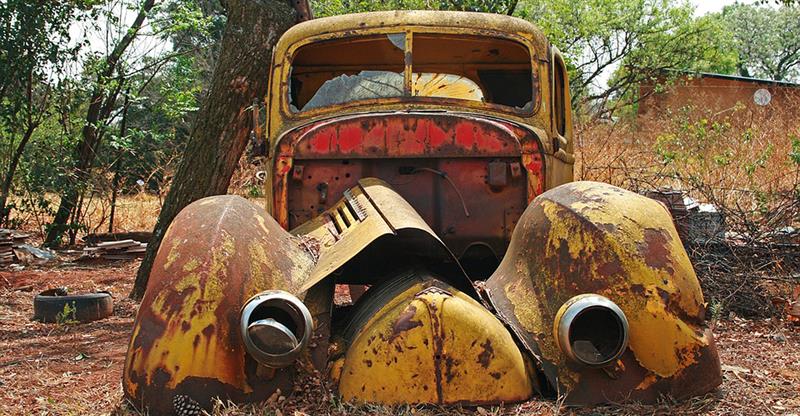A JOINT OPERATION TO REMOVE DERELICT VEHICLES ALONG ROADWAYS IS UNDERWAY.
 Residents from around the island may soon experience a reduction in breeding sites for vectors—particularly rats and mosquitoes.
Residents from around the island may soon experience a reduction in breeding sites for vectors—particularly rats and mosquitoes.
The Saint Lucia Solid Waste Management Authority in collaboration with the Environmental Health Division in the Ministry of Health and Wellness has embarked on the removal of 364 derelict vehicles from the islands roadways.
Eighty-one vehicles or 29 percent have since been removed. The call is being made for greater participation and cooperation from vehicle owners.
Davis Mathurin is the Zonal Officer with the Saint Lucia Solid Waste Management Authority.
“We do it on a month to month basis and we’re aiming to remove at least between 18 to 20 vehicles every month,” he said. “I know it’s going to take a while but we are at least urging the public to meet us half way. The ministry is doing the public education part. The Environmental Department, the Vector Division, and Solid Waste are also doing their parts in terms of removing the vehicles, so we’re urging the public to be aware, be more conscious of your surroundings, and play your part.”
Under the Waste Management Act Section 38 of 2004, an authorized officer may at any time without giving any notice remove the derelict vehicle, white goods or any other kind of scrap metal left or caused to be left and may recover from the owner thereof the expenses reasonably incurred in connection with such removal.
Still, law officials are appealing for cooperation from the public.
“The individuals especially if they’re planning to do some work on their vehicles, we also encourage them that when you’re done doing the work on the vehicles, within a timely manner your responsibility is to transport the derelicts to the landfill. Do not leave them on the road side. In most cases when you try to find the owners it’s always a difficulty until the day the vehicle is being removed and then there is always an issue.”
Environmental Health Officer, Charletta Charles said abandoned vehicles create active or potential breeding sites for vectors such as rats and mosquitoes which are responsible for the spread of diseases such as leptospirosis, dengue, chikungunya and zika.
“We want to encourage persons if you have a vehicle which is no longer in use, that you need to get rid of it appropriately. What is does is it creates other environmental spill offs which can affect the larger community. So we’re just hoping that the community realizes the negative impact that abandoned vehicles can have on our health and that they take the necessary steps to get rid of not just the abandoned vehicles but also that they dispose of their garbage responsibly.”